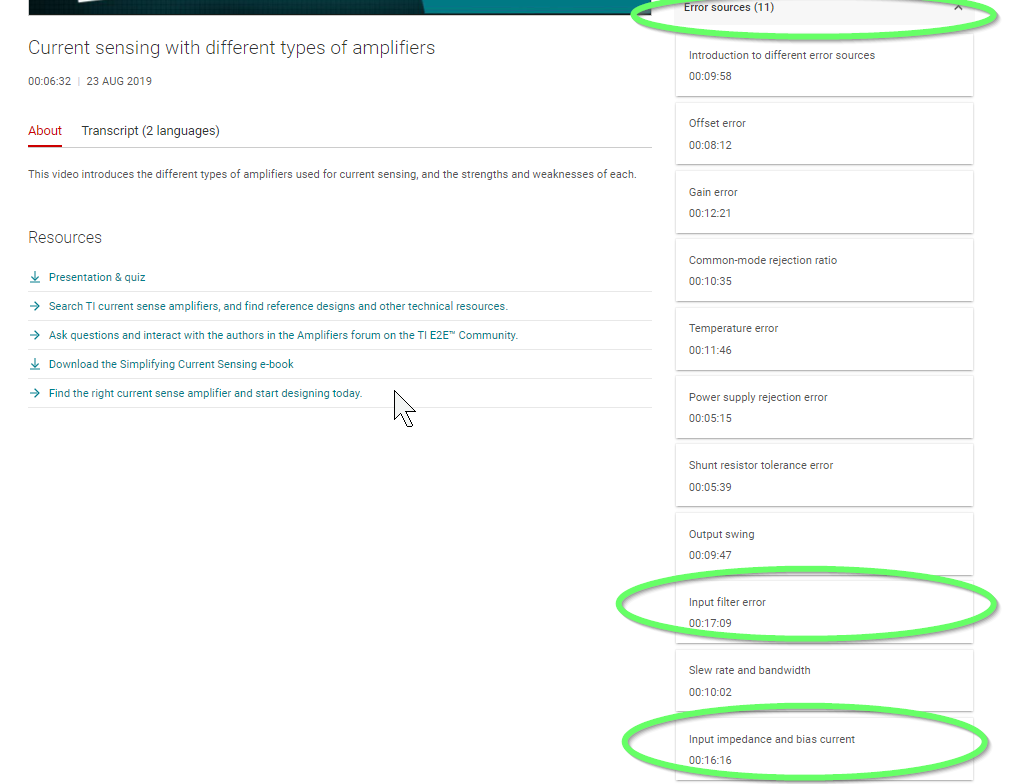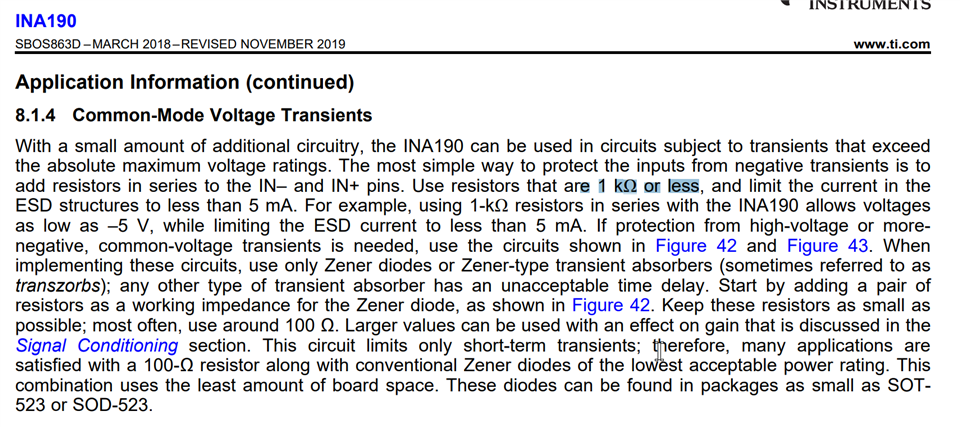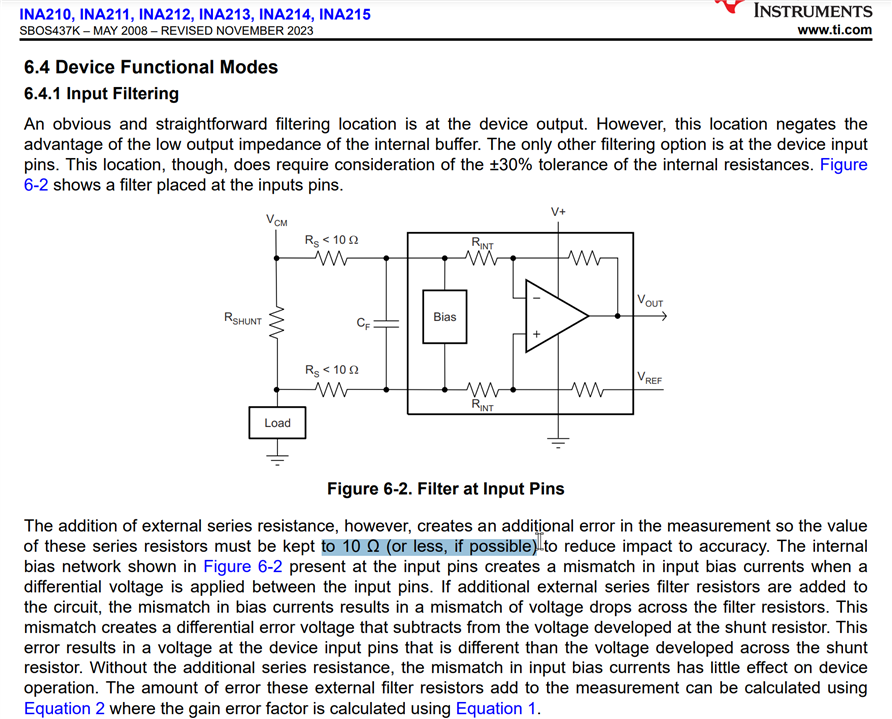Other Parts Discussed in Thread: INA190, INA186, INA228, INA229, INA138, INA181
HI, Ti Team
I need a solution for current measurement. I want to design a circuit with a gain of 5.
- The GAIN of INA214 is 100 V/V, but is it acceptable to connect a 190kΩ resistor on the input side(IN+,IN-) to lower the GAIN to 5?
- Between using INA and using an OP-AMP, which one is more precise for current measurement?




